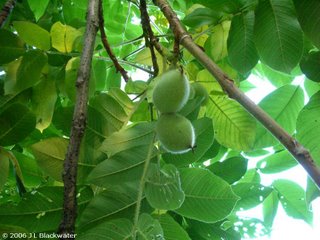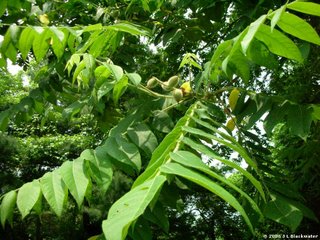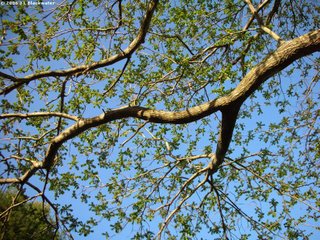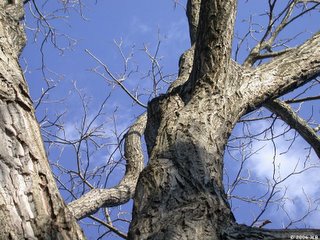







Today’s story begins last winter, when we first arrived in Pennsylvania. Eastern Pennsylvania winters have a different kind of cold from Western Washington winters, and one of the first things we did was go about securing some wood for the fireplace.
The friendly folks at Bradley Tree Experts were happy to deliver us cords of pre-split wood (since our stash of wood was back in WA keeping the neighbors warm). We dumped the wood loads next to the house under the pines, and then covered our piles with tarps to keep the rain, snow, and ice out.
After our righteous snow storm in February, things started to warm up, and we found ourselves with a tiny little pile of wood left from our last load that never made it on the fire. I think that for a while, we suspected we’d use it up, until that day came (as it does every spring) when you realize there will be no more fires until next season. Camouflaged as it was under a snuggly brown tarp (yeah, like we couldn’t see it), the little pile of leftovers remained cozy and dry.
Over the summer, I began to notice a lot of activity around the little pile, and the dogs were always excited to investigate. The grey squirrels loved to use it as a launching pad to the nearest pine trunk, and various birds and bunnies took refuge there from time to time. But in recent months, a new creature arrived on the scene: the red squirrel. Until this little guy showed up, we’d seen nothing but grey squirrels everywhere!
When the red headed stranger set up shop in the yard, he went straight for easy street, and commandeered the tarp-covered wood “pilette.” How this little red squirrel managed to push out the big grey squirrels, I’ll never know – but it may have something to do with its major attitude and bossy, boastful nittering.
Here is a little about the red squirrel from the PA Game Commission site. It seems to describe our friend perfectly:
Wildlife Notes: Squirrels By Chuck Fergus
"The red squirrel is sometimes called a chickaree or a pine squirrel, reflecting its preference for nesting in conifers. Behavior, feeding habits and denning practices are generally similar to those of gray and fox squirrels, although reds sometimes nest in holes at the base of trees. They enjoy eating the immature, green cones of white pine. Unlike fox and gray squirrels, reds do not bury nuts singly, preferring a large cache -- often in a hollow log -- for storing food."
Late July, I began to hear a strange noise on the driveway by the mystery tree. It took me a few days to learn that it was the sound of the mystery tree nuts thwapping the top of the truck, and the gravel driveway. All day long there’s be a constant music of nutty percussions, and I began to notice that the squirrels were actually pulling the nuts off and throwing them down. The nuts would cover the driveway in the morning, and then disappear in the afternoon.
It wasn’t until a couple weeks ago that I learned where they were all going: the red squirrel’s winter stash. I haven’t removed the tarp to see just how many s/he has, but I get the impression that this squirrel has about 50%+ of the tree’s produce tucked away like so many Easter eggs in, around, and under the tarp over the remains of last year’s firewood. He's even tucked a few in the pines' armpits, "just in case."
S/he’s been working so hard at this over the last couple months, that now I don’t have the heart to uproot it! All day long the red squirrel guards the nut pile. I’ve tried to get clear images for you, but as soon as I come close, up the tree it goes.
A few days ago, I found a freshly-fallen nut on the driveway. Carefully I placed it on the very top of the tarp, and went inside. About twenty minutes later, I heard the squirrel crying out! I watched it while it stared and barked at the nut for two days, before it finally was accepted into the horde with the others. (In fact, I think the nut was eaten owing to the husk fragments all over the top of the tarp today).
Looks like we’ll be needing a new tarp.
Epilogue: As for the mystery tree nuts, I think we now have a proper identification. I believe we have a Butternut (Juglans cinerea), sometimes called a white walnut. I’m basing my educated guess on the data I can find online and in my books when compared with leaves, bark, fuzziness, and fruits. The fruits matured into heavy, round, fuzzy-husked nuts.
Now if I could just get one of them open, I could tell you what they taste like! Of course... I'd have to pry one away from the red squirrel first.


































 Follow Jade Blackwater on Twitter
Follow Jade Blackwater on Twitter

